Promise SmartStor NS4700 review
Promise's new SmartStor NAS appliance receives a much needed hardware boost. The NS4700 on review is a lot faster than previous models, but Dave Mitchell thinks there’s still work to be done. Read this review to find out why.
Our performance tests show the NS4700 has benefited hugely from the improved hardware as it’s around three times faster than the older NS4600. It has good range of features including some decent backup software, but it’s not the easiest to configure and Promise needs to make big improvements to its documentation. We recommend checking out Synology’s nifty five-bay DS1511+ before buying.

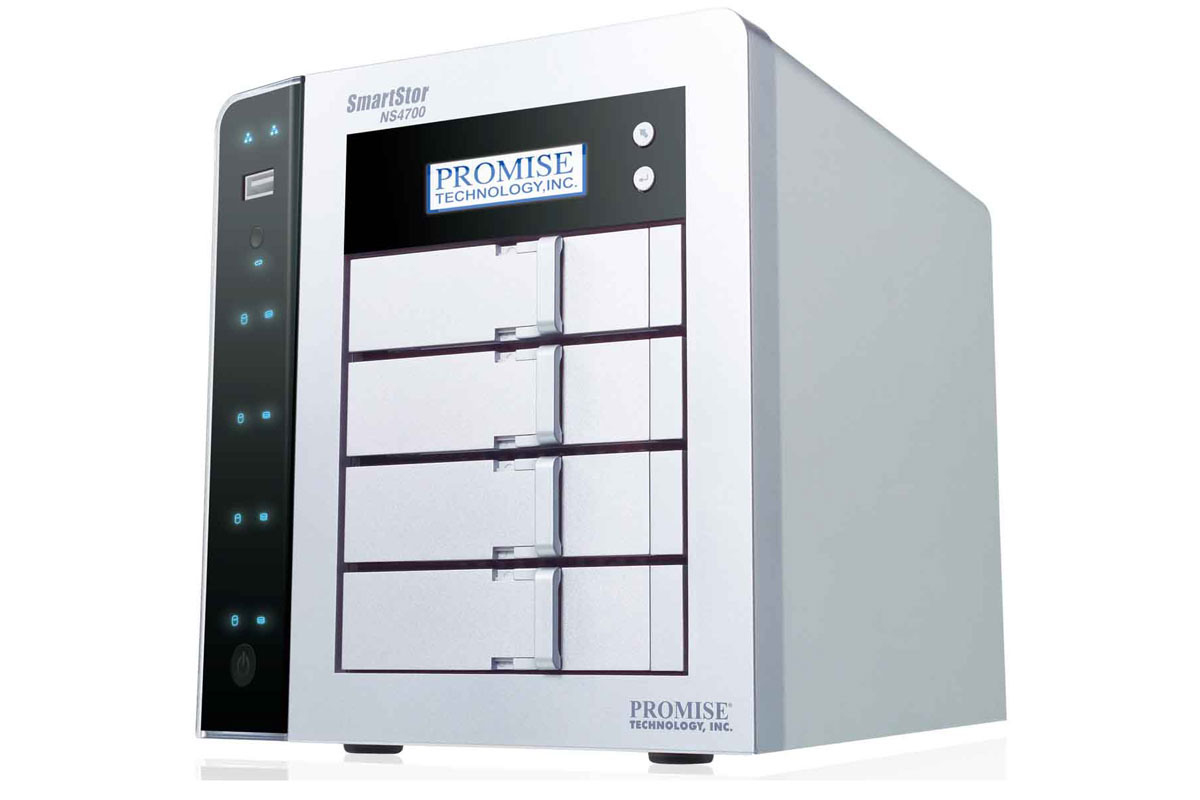
The Promise SmartStor NS4700
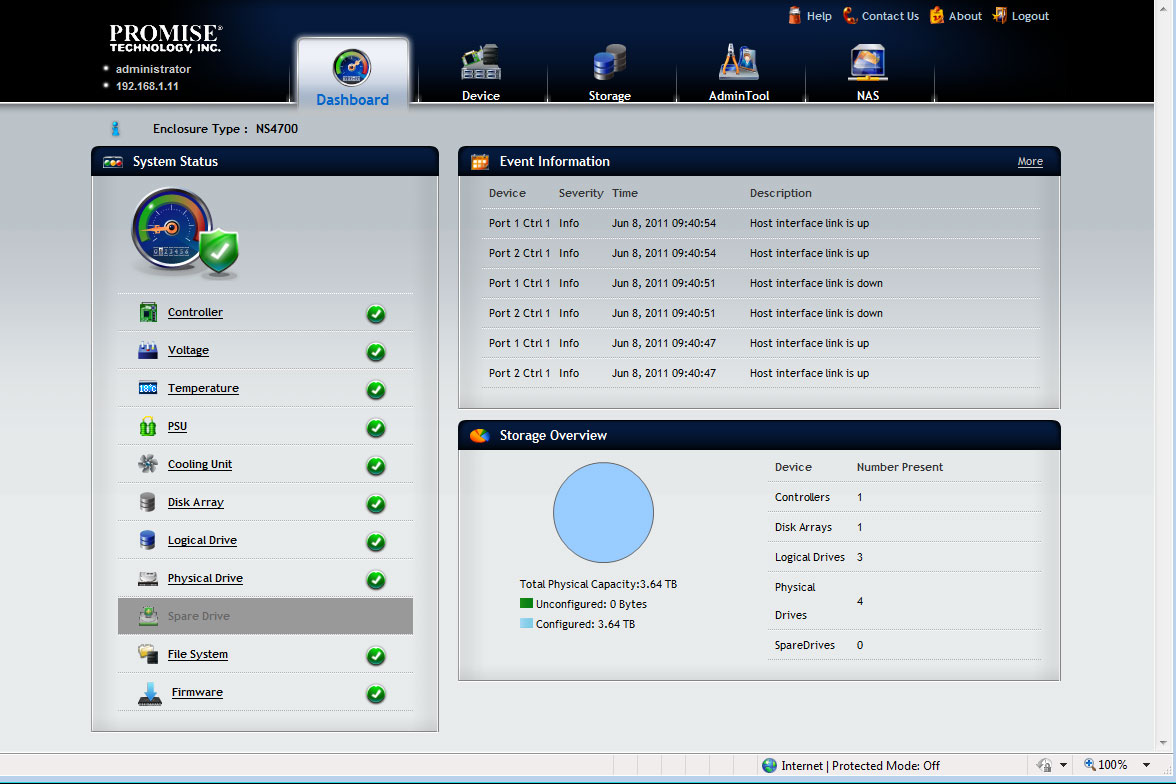
The appliance’s newly designed web interface provides a useful dashboard showing the status of all components and drives.
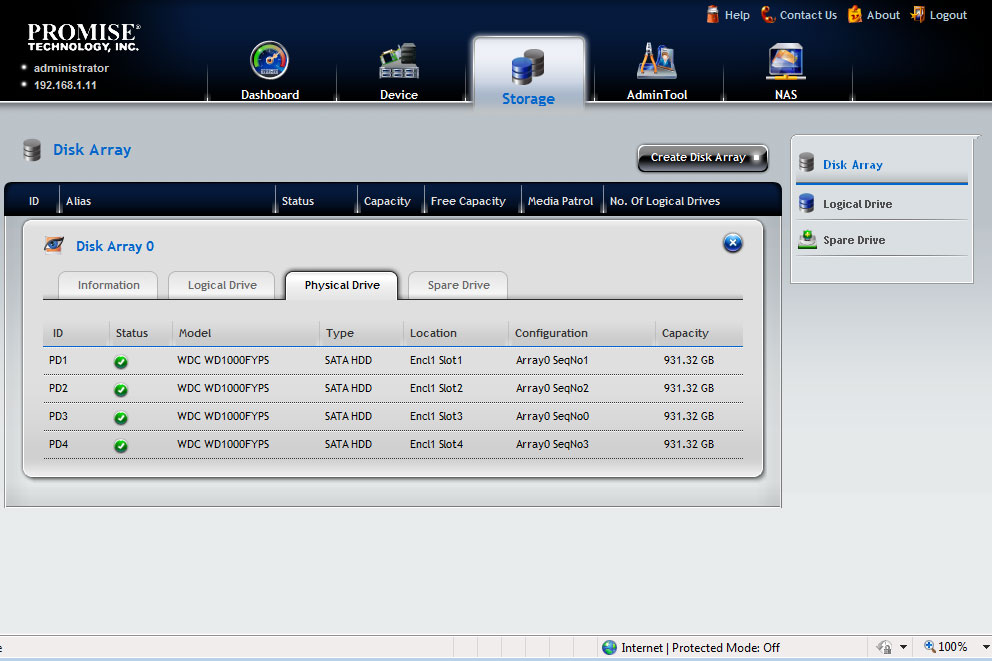
Physical hard disks are grouped into pools which can contain multiple logical drives.
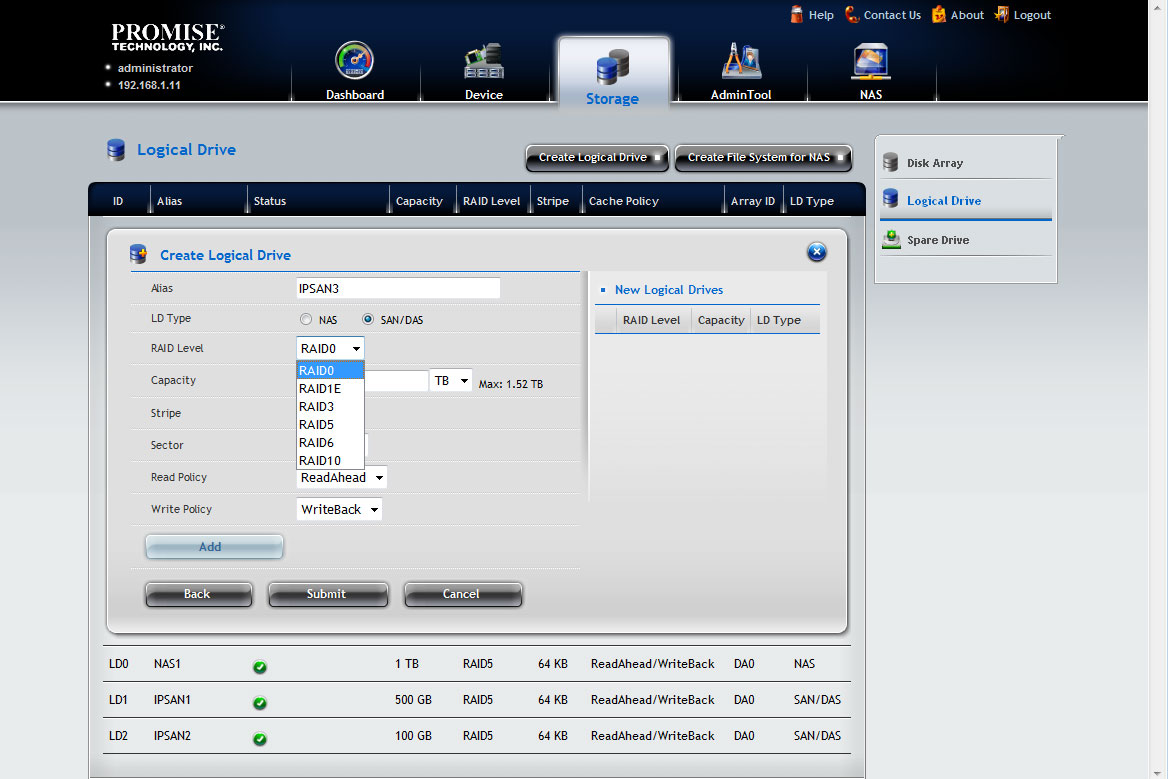
Take your time during logical drive creation as, along with an appropriate RAID type, you must select either NAS or IP SAN op
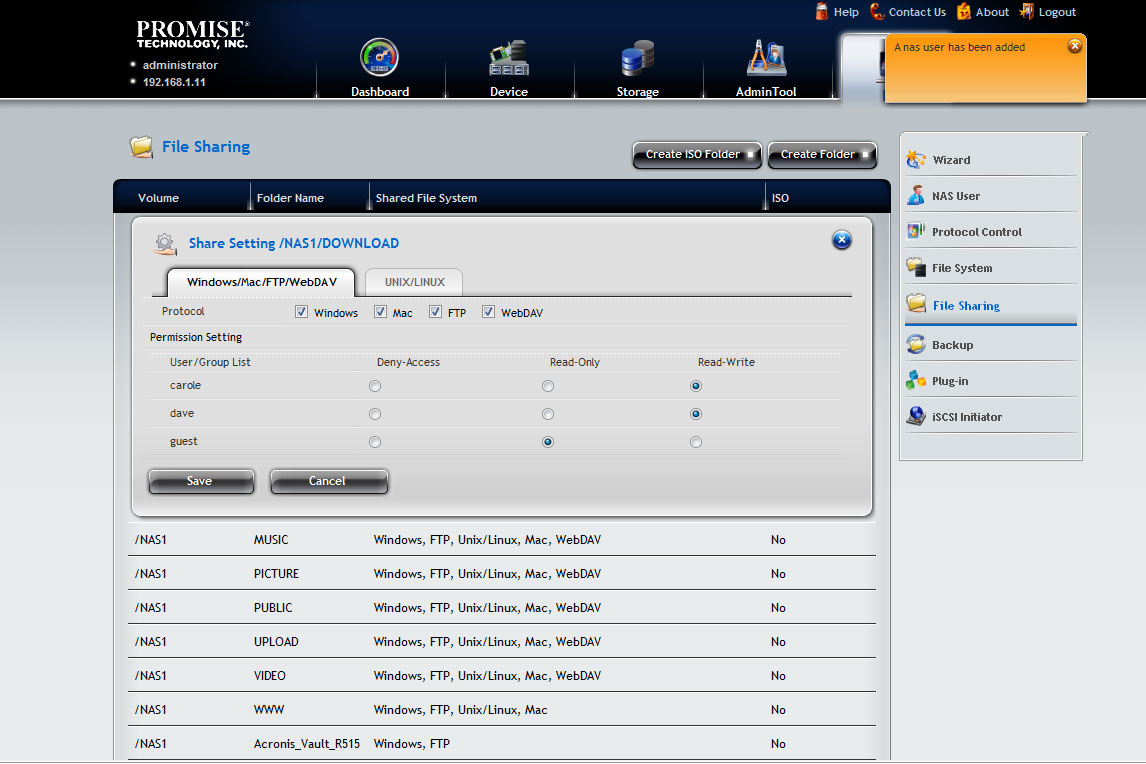
The NS4700 provides good client support and share access can be controlled with different user permissions.

The Acronis software is a quality data backup and restore tool, but this version will only use a SmartStor appliance for its
Promise Technology has never had a high profile in the small business NAS market but its latest SmartStor NSx700 desktop appliances aim to change that perception. Two new models are available and comprise the six-bay NS6700 and the four-bay NS4700 on review here.
Previous SmartStor appliances failed to pass muster in our speed tests - we were unimpressed with the older NS4600 and its pedestrian performance. Promise now steps in line with much of the competition as both new models use a 1.8GHz dual-core Atom processor and memory gets a much needed quadrupling to 1GB of DDR2 RAM.

The appliance's newly designed web interface provides a useful dashboard showing the status of all components and drives.
Build quality also sees big improvements as the chassis is now all-metal and the cheap plastic drive carriers from the NS4600 and NS4300 have been replaced with sturdier metal frames. The appliance also has five USB2 and two Gigabit Ethernet data ports, but no eSATA.
For initial installation you can use Promise's SmartNAVI client which runs as a background task accessible from the System Tray and automatically finds appliances on the network. The setup wizard setup checks the network, applies a range of default settings based on what it finds and automates array creation.
Promise's new web interface looks very smart with its one-click setup routine but we recommend avoiding any wizards until you're sure you know what you want to do with your storage. Promise works differently compared to other vendors as it uses disk arrays to group selected physical drives together into pools.
Within these pools you create multiple logical drives and choose a RAID type for each one. If the pool comprises four drives you can choose from stripes, mirrors, RAID 5 or RAID 6 for the logical drive. However, be careful during this phase as although the NS4700 supports NAS and IP SAN operations, each logical drive can only be used for one of these and the mode must be set during creation.
Get the ITPro daily newsletter
Sign up today and you will receive a free copy of our Future Focus 2025 report - the leading guidance on AI, cybersecurity and other IT challenges as per 700+ senior executives
Dave is an IT consultant and freelance journalist specialising in hands-on reviews of computer networking products covering all market sectors from small businesses to enterprises. Founder of Binary Testing Ltd – the UK’s premier independent network testing laboratory - Dave has over 45 years of experience in the IT industry.
Dave has produced many thousands of in-depth business networking product reviews from his lab which have been reproduced globally. Writing for ITPro and its sister title, PC Pro, he covers all areas of business IT infrastructure, including servers, storage, network security, data protection, cloud, infrastructure and services.
-
 Westcon-Comstor and Vectra AI launch brace of new channel initiatives
Westcon-Comstor and Vectra AI launch brace of new channel initiativesNews Westcon-Comstor and Vectra AI have announced the launch of two new channel growth initiatives focused on the managed security service provider (MSSP) space and AWS Marketplace.
By Daniel Todd Published
-
 Third time lucky? Microsoft finally begins roll-out of controversial Recall feature
Third time lucky? Microsoft finally begins roll-out of controversial Recall featureNews The Windows Recall feature has been plagued by setbacks and backlash from security professionals
By Emma Woollacott Published
-
 The UK government wants quantum technology out of the lab and in the hands of enterprises
The UK government wants quantum technology out of the lab and in the hands of enterprisesNews The UK government has unveiled plans to invest £121 million in quantum computing projects in an effort to drive real-world applications and adoption rates.
By Emma Woollacott Published